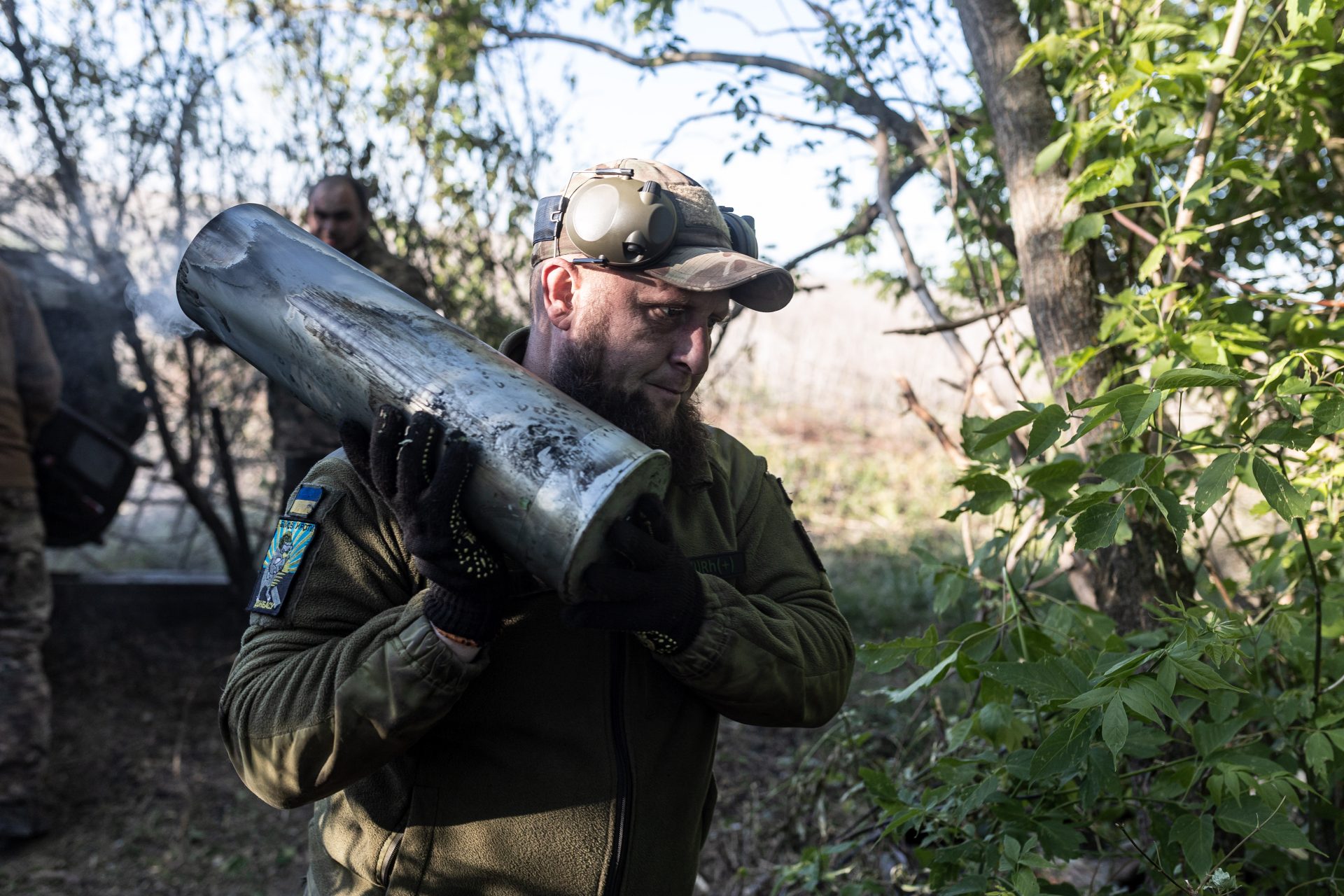How to treat insect and animal bites
Insect and animal bites are no laughing matter. Do you know how can you minimize the risks and what should you do if you are stung or bitten by another animal? Click on to learn the best practices.
In general, certain precautions greatly reduce the risk of being bitten, such as wearing clothing covering the whole body (legs and arms), a hat, and tucking the bottom of your pants into your socks.
@Kelly Sikkema / Unsplash
Likewise, walking barefoot on grass is best avoided if you don't want to be accidentally stung on your feet or legs.
@Alisa Anton / Unsplash
When you are in nature, preferably stay on paths and avoid tall grass, brush and ferns. Also, do not lift stones and piles of wood.
@Francesco Mazzoli / Unsplash
Mosquitoes are always numerous when the heat returns. Using a repellent product such as a lotion or a spray, or an electric insect repellent device, is also an effective solution.
@Syed Ali / Unsplash@Syed Ali / Unsplash
Since lotions are contraindicated for young children, placing a mosquito net over their crib or bed also works very well to prevent them from being bitten.
@CHUTTERSNAP / Unsplash
Even if the sting is very painful, do not scratch the area of your skin that was stung. You can moisten the bite in case of itching before going to the pharmacy for a suitable product.
Bees and other wasps tend to sting when they feel attacked: the most prudent attitude is therefore to remain calm in their presence.
@Boris Smokrovic / Unsplash
If you are still stung by a bee, gently remove the stinger using tweezers.
@Eduardo Gorghetto / Unsplash
Medical care is essential in the event of a sting on the throat or for people allergic to the venom.
@Towfiqu Barbhuiya / Unsplash
The following symptoms must also be treated urgently: intense redness or itching, swelling of the face or tongue, respiratory problems, loss of consciousness.
@Sincerely Media / Unsplash
If you have been stung by a chigger or a mite, take a hot shower or a hot bath to eliminate it and get rid of any larvae at the same time.
A very present parasite, the tick can cause Lyme disease if it remains attached to the skin for too long. The greatest vigilance is required in the face of this scourge, in particular by checking its absence on the whole of the skin after having been in nature.
@Erik Karits / Unsplash
In the event of a tick bite, don't panic: quickly remove the insect with tweezers and remember to disinfect the wound well.
@Erik Karits / Unsplash
The horsefly has the appearance of a large fly and is usually found near large animals, in wetlands or in fields. Its bite causes a very intense pain, but which often disappears after a few hours. After disinfecting, soothe with a mild topical corticosteroid.
@oktavianus mulyadi / Unsplash
Harmless in appearance, processionary caterpillars have stinging hairs that can cause sometimes serious inflammatory reactions on the skin, eyes or in the respiratory tract. And direct contact is not even necessary because their hairs come loose and are moved by the wind.
@Eloi Smith / Unsplash
In addition to the usual precautions, avoid rubbing your eyes after returning from a walk in nature. If you think you have been exposed, take a shower and change your clothes. In case of severe symptoms, call the emergency room or a poison control center.
@Noah Boyer / Unsplash
To deal with insect bites in general, your first aid kit should contain the following products: mosquito repellent, tweezers, cotton wool, local antiseptic, mild topical corticosteroid and dressings.
Another frequent risk: that of being bitten by an animal. If you are bitten, after washing your hands thoroughly, clean the wound with warm water and soap, then disinfect it with a skin antiseptic.
Then let it air dry for a few minutes, avoiding touching the wound. Finally, place a pre-cut bandage or a sterile compress.
@Towfiqu barbhuiya / Unsplash
If you are bitten by a wild animal such as a raccoon or a squirrel you should consider consulting a medical professional in case further medical attention is needed.
You should educate yourself on the different types of snakes in the area you live or where you visit if you plan to spend time out of doors.
@Suresh AC / Unsplash
If there are venomous snakes, be sure to read up on the proper procedures to follow if you are bitten by one, as instructions can vary considerably depending on the kind of snake that bites you.
Contrary to what one might think, it is not recommended to use an antivenom yourself: the risks linked to the body's bad reactions are higher than those linked to the bite. Anti-venoms should be administered only in the hospital.
@Branimir Balogovic / Unsplash
A risk present at the beach and at sea: jellyfish stings. The steps to follow are as follows: rinse with sea water (never fresh water), clean the wound without rubbing, remove the tentacles (without doing it with bare hands), put some sand, let it dry, rub it off and disinfect.
@Marat Gilyadzinov
Finally, if you have the slightest doubt, do not hesitate and seek the advice of a pharmacist or doctor!
@Online Marketing / Unsplash
More for you
Top Stories







































